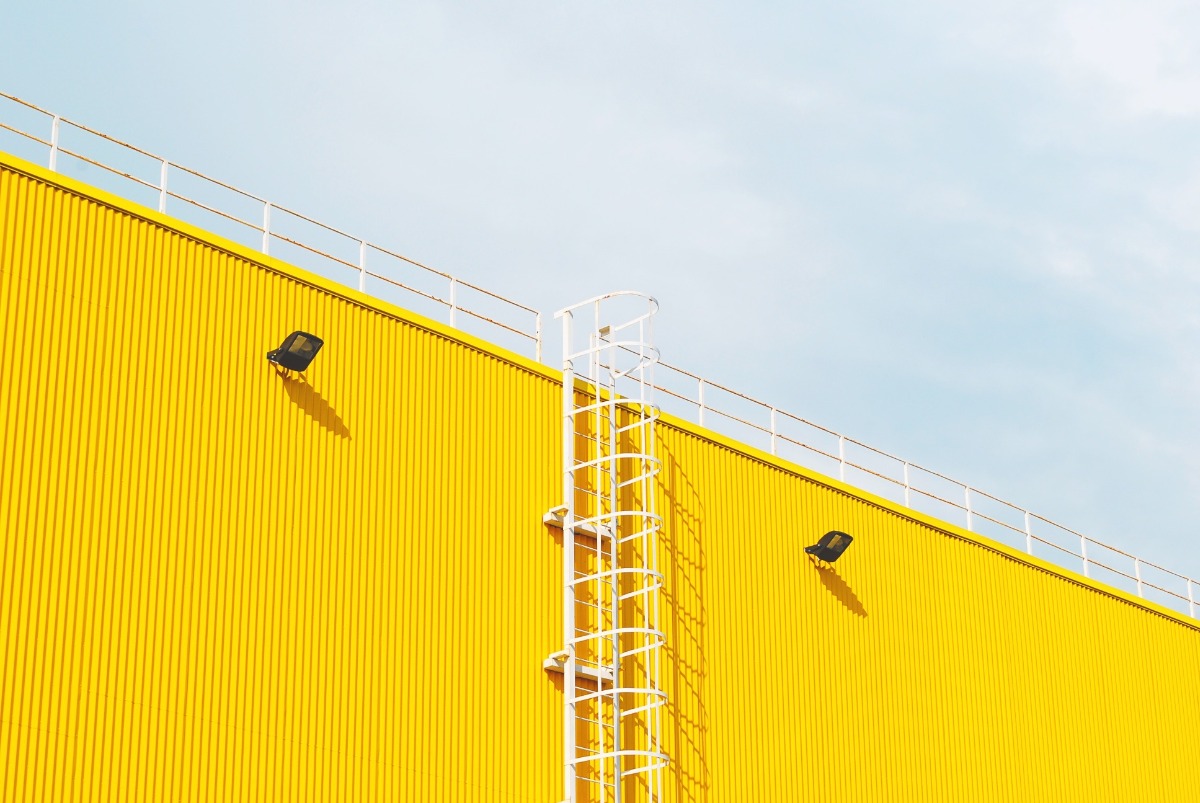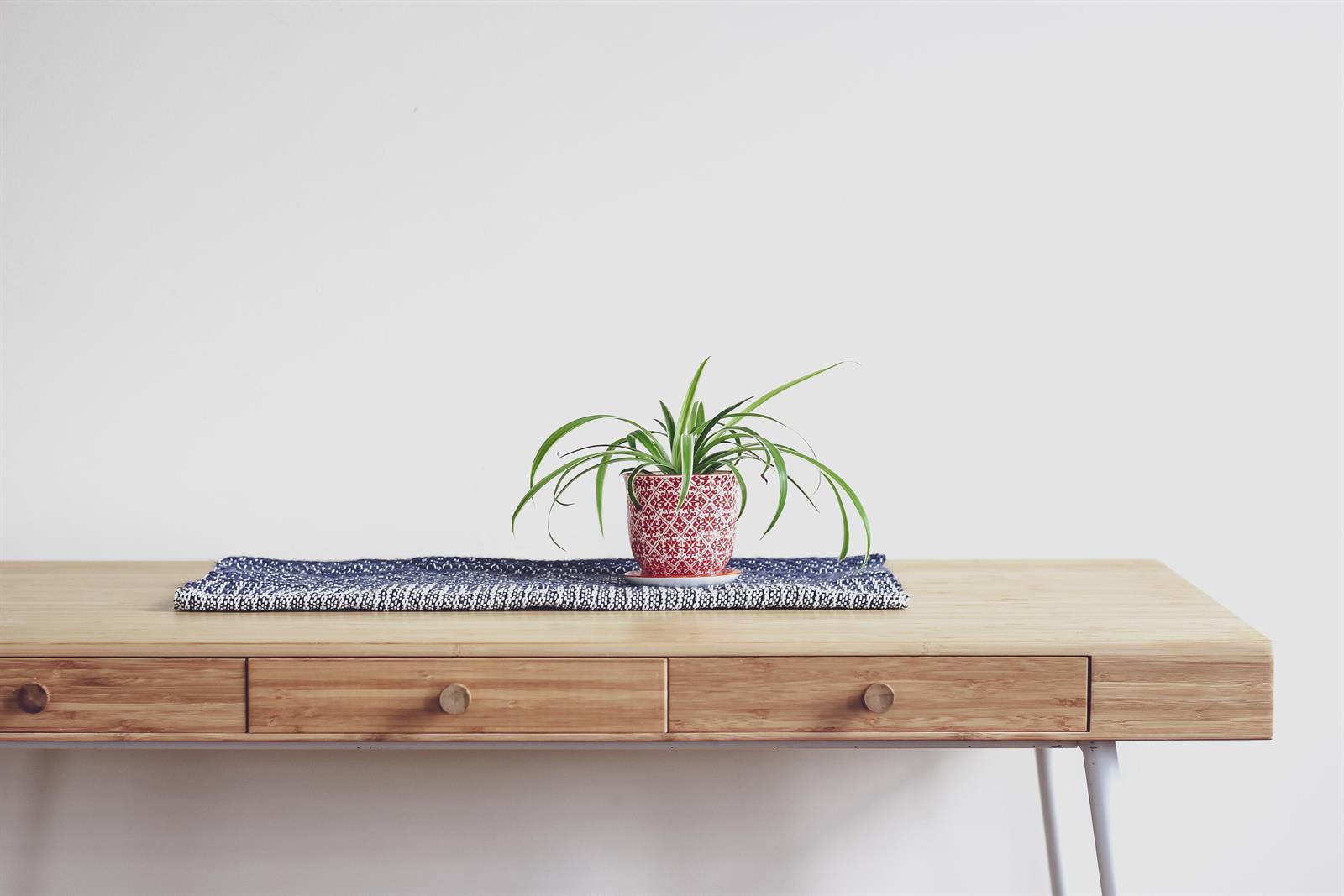
Vintage Uranium Glass History
Share

Is your vintage radioactive? Of all the strange and unusual elements used to make vintage over the centuries, the most sensational and interesting has to be the manufacturing of the infamous uranium glass.
Yep, if the highly noticeable neon green color doesn’t give it away, the name says it all, uranium glass is a type of glassware made using radioactive uranium. Sounds wild, considering all we know about uranium now, but a chemist named Martin Heinrich Klaproth decided in 1789, a great use for it would be for crafting colorful dishes. And in 1830, Franz Anton Riedel, a name you might recognize from the still-thriving Riedel wine glass company, recognized the potential of this captivating glass, and ran with it, developing two kinds, naming both after his wife, a green version named Annagruen, and a more yellowish green version named Annagelb.

And the bohemian culture of the time went absolutely wild for it. So much so, a 6000 piece set was commissioned for Queen Elizabeth’s ascension banquet in 1837.
Its popularity soared, and high end glass manufacturers began crafting all sorts of pieces from simple tableware to highly intricate decorative pieces. Craftsman developed different types and colors, like the lovely yellow Vaseline Glass, and opaque custard glass.

Manufacturing continued all the way through until World War 2, when uranium became highly regulated, and for the most part confiscated, for making things way less fun than wine glasses and vases. And the era of uranium glass was essentially over.
Some very limited manufacturing did continue post-war, using depleted uranium, but it was very rare, sealing its place in history as a now highly sought after and often quite valuable collectible for fans.

And for good reason, its distinctive neon green color jumps out at you, and it’s a great conversation piece. I love seeing people’s reactions when I tell them it really was made with uranium.
I don’t have a ton of uranium glass, but I do love the few pieces I do have, my favorite being an incredibly special swan vase from Cambridge Glass Company. It’s amazing. And I love my ice cream bowls Federal Glass.

So, the first question that inevitably comes up is ‘is it actually radioactive?’, and in a word - ‘yes’, of course. But how radioactive? Hardly at all, really.
In fact, the US Nuclear Regulatory Commission released a report in 2001 stating that even large pieces give off less radiation than a household electronic. So, yes, uranium glass is perfectly safe to handle and collect, but do I eat off of it? Personally, no.

I use it as decorative display pieces and sometimes for displaying food here in videos like I recently did with my homemade pickles. There’s really almost no risk in eating off of it, but technically it could, theoretically, leach some uranium into food, so most experts don’t recommend it.
So no need to worry about displaying it, but maybe avoid storing food in it, especially long term.

So how do you spot this sensational collectible in the wild? The color is your first clue, but not every lime green glass is uranium glass, so to really appreciate the best way to identify it properly, we need to turn the lights off.
That’s because the only sure-fire way to identify it is using UV light. The uranium inside reacts spectacularly to UV rays, glowing beautifully with a simple UV flashlight. It’s one more aspect that makes uranium glass so much fun to own and find, and why the first question any collector asks is ‘does it glow?’

For this very reason, I always keep a UV flashlight in my thrifting purse, ready to test any piece I come across, earning me some pretty strange looks at the thrift store, but it’s worth it when I find an extra special piece.
So, what do you think? Do you love this unique collectible? Is it interesting and distinctive enough to collect , or does it make you nervous just thinking about uranium laced glassware?
IT BELONGS IN YOUR KITCHEN
Other Posts in this Series
-

Sweet Dill Pickles from a 1950s South Dakota Church Cookbook (Vintage Recipe)
-

Fried Pickle Recipe
-

Vintage Pickled Watermelon Rind – A Sweet & Spiced Old-Fashioned Treat
-

Vintage Pickled Beets with Clove & Cinnamon – Classic Canning Recipe
-

Vintage Bread and Butter Pickles – Classic Sweet and Tangy Crunch
-

Vintage Pickle Recipes
-

Crunchy Pickle Tips







